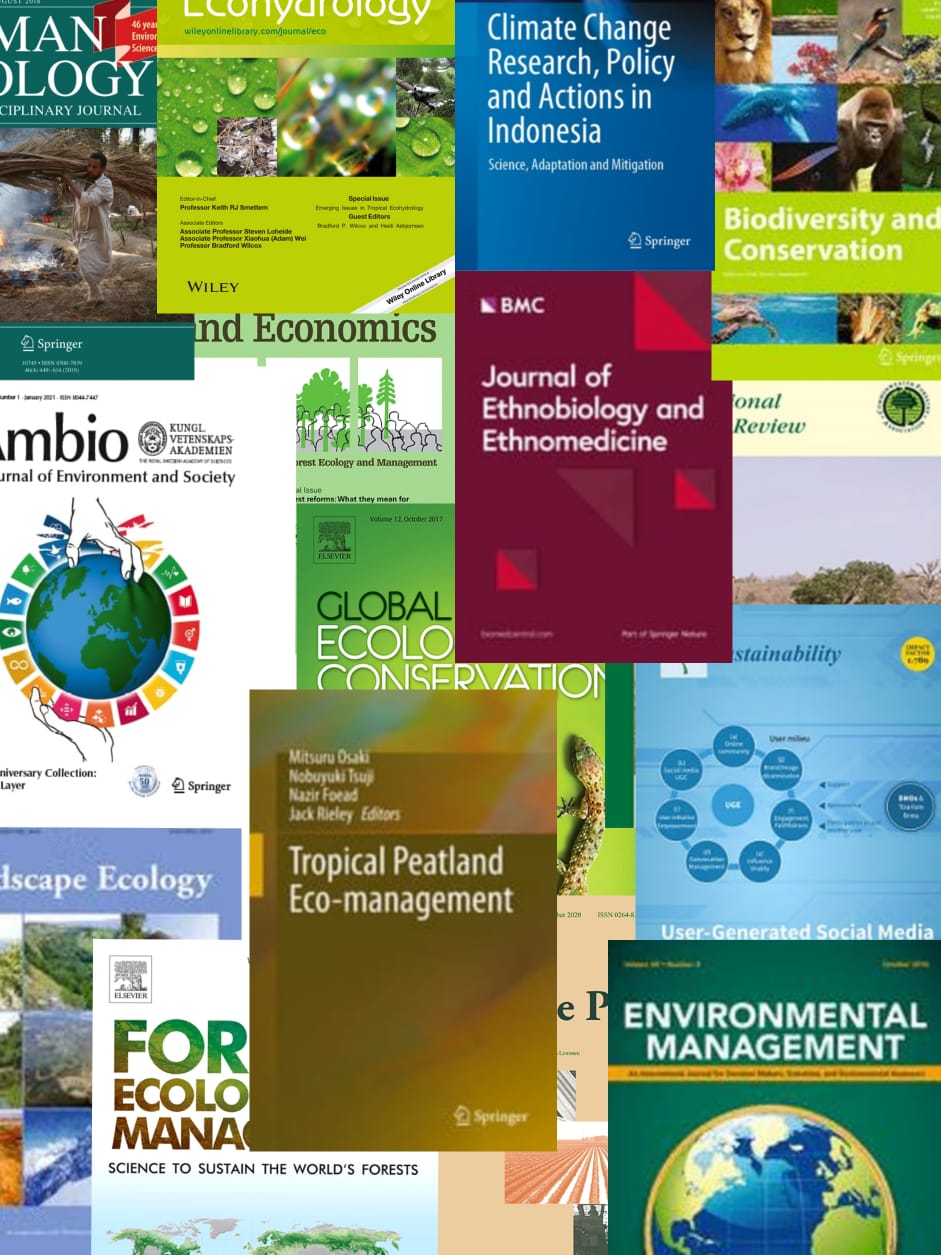Indonesia has voluntarily committed to mitigating climate change by reducing its greenhouse gas emissions by 26 percent by 2020 and 41 percent by 2050. More than half of this reduction was originated from the forestry/peatlands sector. Avoiding peat fires is therefore crucial for Indonesia to meet its targets. However, the efforts have been hampered by the fact that a large area of peatland has been burnt. The estimated extent of peatland and mangrove burnt was 2,124,000 Ha during the forest fire in Indonesia in 1997/1998. In 1997-1998, high carbon emissions made Indonesia as one of the largest global polluters. The peat fire occurrence in Indonesia has caused severe problems from environmental, economic, health also mortality. Indonesia has the largest peatland area in the region, which is 20.6 million ha or 10.8% of the land area. These lands are spread across various islands, 7.2 million ha (35%) in the Sumatera island, 6.6 million ha (32%) in Kalimantan island, 0.6 million ha (3%) in Sulawesi island and around 6.2 million ha (30%) in Papua island. Peatland in the Sumatera island has suffered severe damage due to land clearing and burning. The objective of this research is to determine the characteristics of peatland in various land conditions, namely primary forest, ex-peatland fire, and community mix plantation as well as to learn the dynamics of peat groundwater level in each study location. Rainfall and groundwater level sensors installed in the primary forest, ex-peatland fire, and community mix plantation. Rainfall-groundwater level analysis conducted to understand the hydrological response in various peatland characteristics. The results showed that in the ex-peatland fire and mix plantation have changed the peat soil characteristics with an increase of soil bulk density. This indicates decreasing the infiltration capacity, soil porosity and increase the surface water in the peatland area. Increasing the groundwater level response to rainfall is stable in the natural peatland forest. This indicates the function of forest cover as rainfall interception and reduces the volume and lag time of rainwater before reaching the forest floor. Community plantation with low canopy diversity has lower forest cover function than in the natural peatland forest. This will increase the volume of rainwater in the peat soil and increase the rainfall-groundwater level response much higher than in the natural forest. Maintain the diversity of canopy cover and reduce the open peatland by fire will control the hydrological response in groundwater level dynamics. © Published under licence by IOP Publishing Ltd.
View source

